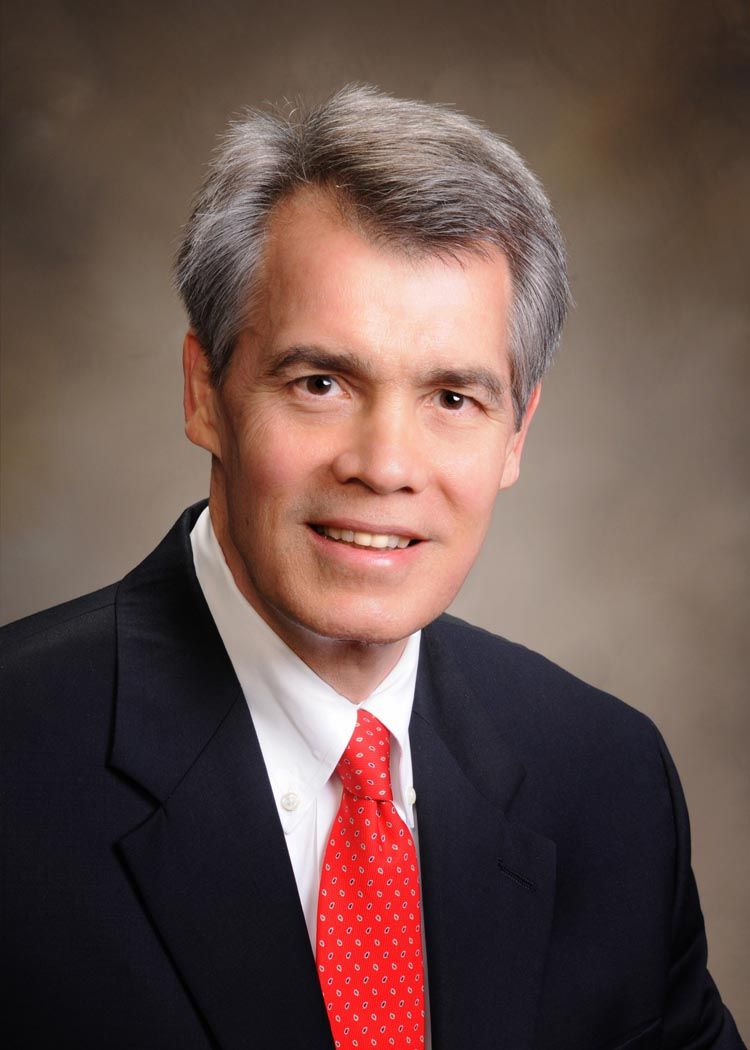Article
3 ways practices can succeed in a value-based world
Small, independent practices have dealt with no shortage of challenges in recent years: Complex regulatory requirements, increased payer scrutiny and more pressure on physicians to improve patient outcomes.

Joseph W. Stubbs, MD, MACPSmall, independent practices have dealt with no shortage of challenges in recent years: Complex regulatory requirements, increased payer scrutiny and more pressure on physicians to improve patient outcomes.
And now, in the wake of the Medicare Access and CHIP Reauthorization Act of 2015 (MACRA), physicians can expect to enter the value-based pay world in a big way.
Often, the proposed solution to these challenges is focused on technology: using electronic health records and patient portals, collecting better and more usable data about patients. But Joseph W. Stubbs, MD, MACP, an internist with Albany Internal Medicine in Albany, Georgia, says the foundation is about more old-fashioned values: teamwork and staff culture.
“We hear a lot about data, but it’s really culture [that] is going to trump data,” Stubbs says. “If you are going to be successful, you have to transition your practice from a culture of episodic care to one that’s comprehensive, continuous and patient-centered.”
Stubbs, who is scheduled to give a presentation on how small practices can manage complexity at the American College of Physicians(ACP) 2016 meeting in Washington, D.C., spoke with Medical Economics about how practices can transform to master the complexity of value-based care.
Here are three tips from Stubbs to help your practice manage complexity:
1.Enhance the roles of your clinical staff. Non-physician providers will be key in helping your practice meet the needs for value-based care, along with providing a potential revenue boost for the practice. While there is great value in traditional non-physician providers such as nurse practitioners and physician assistants, the key is to also focus on “new types of staff you can incorporate into your practice,” Stubbs says. These include dieticians, psychologists, social workers and some front-office employees such as registry clerks and care coordinators.
It’s also about expanding the roles of your clinical staff, by enhancing your “rooming” techniques, improving your patient communication outside of the office through check-ins and patient portal access and tapping into care techniques such as transitional care and chronic care management. The goal is to free of the physician to be a team leader who manages the big picture and handles complicated patient cases as needed.
“You can’t do it yourself, there’s just too much going on,” Stubbs says. “If you do it in a team-based manner, you can still find joy and pride in the practice of medicine.”
2. Develop a financial dashboard. “You’ve got to be able to manage your financial picture,” Stubbs says. One way to do this is to develop a financial dashboard in your practice management software where staff can track key metrics, such as cost per patient visit, revenue per patient visit and, by extension, the gain/loss per patient visit. In addition it’s important to track billing and payment, such as days in AR and AR ratio, and compare the results with your practice goals.
3. Expand patient access. “The days of a patient calling up and saying they need to be seen and your office says, ‘Well, go to the ER or the doc can’t see you for three months,’ well those days have got to be over. You’ve got to find ways to expand patient access,” says Stubbs.
He has a few ideas on how a practice can do this, including having physicians available by phone 24/7, having non-physician providers cover a morning or after-hours walk-in clinic and using technology solutions such as a patient portal or telemedicine to connect to patients when they need it.
In addition to exploring these topics, Stubbs will discuss further ideas for managing complexity, such as managing patients who have been hospitalized or referred to specialists, how to hold a proper staff “huddle” and how to optimize coding by focusing on risk adjustment and taking advantage of programs such as preventative codes, transitional care management and chronic care management.
Stubbs is scheduled to present at 4:30 p.m. EST on May 6 at ACP 2016.




